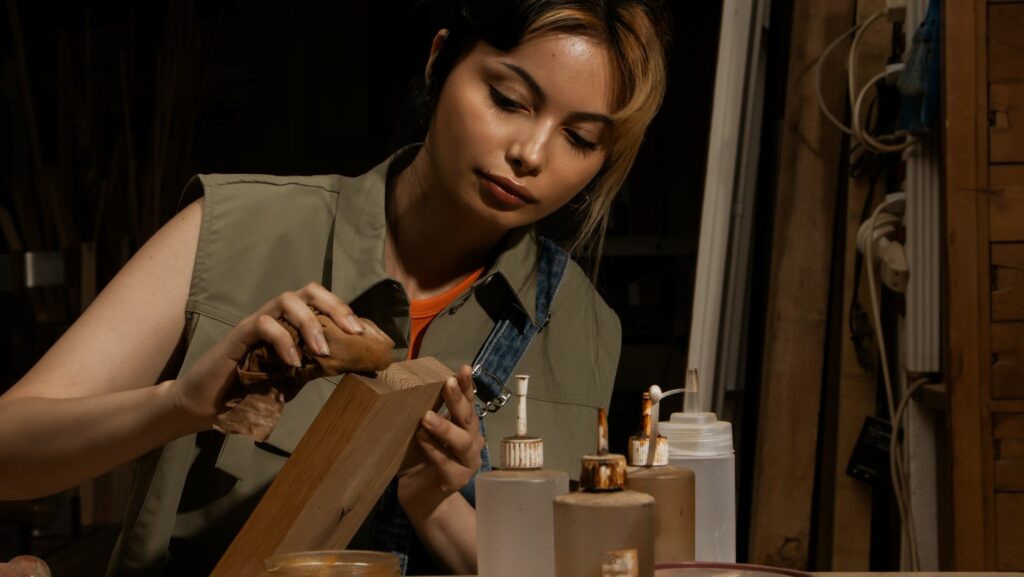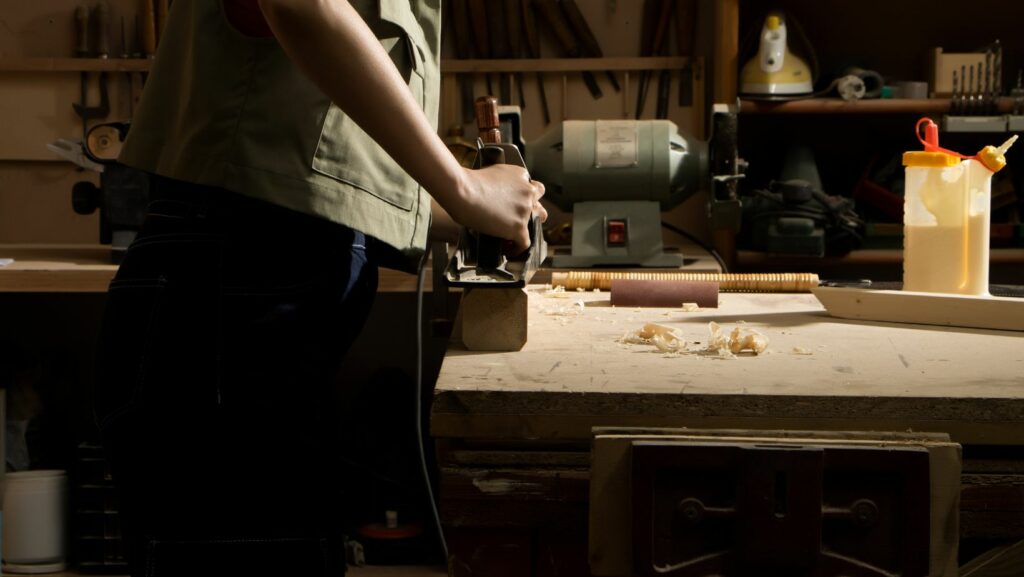Cinematic Artist Jobs
In the vibrant world of filmmaking, cinematic artists play a pivotal role in bringing stories to life. These creative professionals blend art and technology to craft visually stunning scenes that captivate audiences. From concept artists sketching initial ideas to visual effects specialists adding the final touch, each role is crucial in shaping the cinematic experience.

As the film industry continues to evolve, the demand for skilled cinematic artists is on the rise. With advancements in digital technology and the growing popularity of streaming platforms, there’s an increasing need for innovative and dynamic visuals. This surge creates exciting opportunities for artists to explore diverse roles and push the boundaries of storytelling.
Whether it’s designing fantastical worlds or perfecting the subtleties of lighting and texture, cinematic artists are the unsung heroes behind the magic of movies. Their expertise not only enhances the visual appeal but also enriches the narrative, making each film a memorable journey for viewers.
Understanding Cinematic Artist Jobs
Cinematic artist jobs encompass various roles vital in film production. They merge creativity and technology to enhance movie visuals.
Defining Cinematic Artist Roles
Cinematic artists contribute significantly by designing storyboards, crafting visual effects, and creating digital environments. 3D modelers develop CGI characters and landscapes that blend seamlessly into live-action footage. Concept artists set visual styles that guide the artistic direction of films. Compositors integrate disparate elements into final shots using advanced software tools. Together, these roles shape the film’s aesthetic and storytelling.
Importance in the Film Industry

Cinematic artists are indispensable for dynamic, immersive storytelling, especially with the surge in demand from streaming services. Their visuals captivate audiences by bringing scripts to life, contributing to box office success and critical acclaim. Through innovative techniques, they enable filmmakers to explore complex narratives creatively, ultimately enriching the viewer’s experience and driving the film industry’s growth.
Types of Cinematic Artist Jobs
Cinematic artists play diverse roles in film production, each contributing unique skills to the visual storytelling process. Their expertise enhances the aesthetics and depth of films.
Concept Artists
Concept artists design the foundational visuals of a film by creating characters, settings, and props. They use digital tools or traditional media to visualize the director’s vision, helping set the tone and style for the production. Their sketches guide other departments in developing cohesive visual elements for the film.
Storyboard Artists
Storyboard artists map out the film’s narrative through illustrated panels. They transform scripts into visual sequences, indicating camera angles, movement, and transitions. These visual outlines ensure a clear direction for producers, directors, and cinematographers, facilitating efficient scene execution.
Matte Painters
Matte painters craft detailed backgrounds and landscapes, blending painting with digital technology. They create environments that merge seamlessly with live-action footage, allowing filmmakers to depict locations that would be impractical or impossible to film. These artists enhance the film’s visual scope and realism.
Visual Effects Artists
Visual effects artists manipulate digital elements to improve or create imagery within a film. They work on integrating CGI, achieving realistic explosions, and adding magical elements. By coordinating closely with directors and editors, they ensure that visual effects support the narrative seamlessly and enhance the audience’s experience.
Skills Required for Cinematic Artists
Cinematic artists bring narratives to life with their unique blend of creativity and technical expertise. Essential skills elevate their work and make a significant impact on filmmaking.

A deep understanding of color theory and composition is crucial. These skills guide the creation of visually appealing scenes and characters. Strong drawing abilities help artists visualize concepts, whether they are designing storyboards or crafting digital environments. Perspective skills ensure realistic proportions and spatial dynamics.
Proficiency in software such as Adobe Creative Suite, Maya, and Blender is essential. These tools assist in creating and manipulating digital assets. Knowledge of CGI and VFX techniques enables artists to execute complex visual effects and digital environments. Familiarity with game engines like Unity or Unreal can be beneficial, especially with the rise of virtual production.

